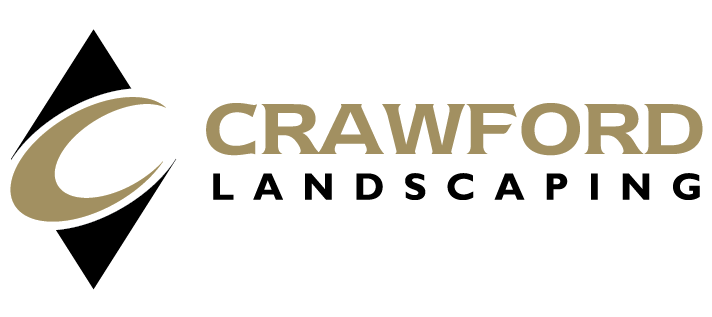HOW WE DO IT - Setting Standards at Crawford Landscaping
/Lawn & Landscape, September 2006
The president and CEO of Crawford Landscaping Group explains why he finds ISO Certification valuable.
When we started Crawford Landscaping Group in July 2004, I had never heard of the International Organization for Standardization (ISO) certification for a landscape company. But, as we started developing systems to make every operation and procedure run as smoothly as possible, I thought about my years in the automotive field where ISO is the quality benchmark. I figured if it could work for that industry, maybe it could apply to ours as well. And even if we couldn’t secure certification, we’d have developed solid systems and quality control measures for operating a successful landscape business.
The first step was to detail our systems, policies and procedures in writing. Over the next year, little by little, we established the work orders, billing forms and manuals that would help define ISO to our landscape company, and before we knew it we had a documented system for every major aspect of work.
The initial structure took a team of us about four months to develop. Since then, it has generally taken two to four people to create new or modify existing processes and to integrate them into the overall system. Best of all, we are able to achieve and maintain all of this with no cost to the company since we develop it ourselves in-house.
At Crawford, our work process begins with a route sheet that organizes customer jobs by location and tasks. When our uniformed crews arrive at a job site, they follow a standardized system for parking their trucks and putting out safety cones. Then they get to work, approaching each property in a standardized process with minor modifications depending on that specific customer.
For example, we have a standard for how we cut lawns, prune plants and trees, clean up and leave a property. We have standardized forms that detail, track and report completed work, time required, mileage, expenses and so on. Then the details of each job site’s report are given to our customer service manager for entry into our computer software system.
Since each step is performed according to set, written instructions, each procedure becomes a company-standard process, and because it is repeatable it is measurable. These two aspects – repetition and measurability – enable employees to become more proficient, increasing efficiencies in travel and work time and reducing waste time, while allowing supervisors to measure the crew’s performance and identify where possible efficiencies can be gained.
Any reduction in time may result in an increase in profit since we can then use that time to address additional interests or anticipate the needs of our clients thus increasing our client satisfaction; perform additional maintenance on our equipment thereby reducing equipment down-time and continuing the quality of our services; and provide additional training, if needed, promoting cross-training, if applicable.
We have found that when we increase our efficiencies on our current properties through the monitoring of our crews, we are able to apply that in the future, in terms of projected growth, saved time and potential cost savings for future clients.
When it comes to tracking our costs and performance, we use business software especially developed for the landscape industry. The software we invested in, including installation, upgrades, training and implementation was packaged for less than $5,000. Not only does it categorize the information into various key fields that measure time and cost efficiencies, but it generates daily reports for our review and analysis. These reports are then compiled into monthly overviews for our managers with drill-down capability to virtually the smallest detail of a given job on a given day. We are able to pinpoint to the minute where waste times are occurring and make adjustments as needed. Moreover, with the same accuracy, we are able to spot where lower waste time has been realized and reward respective crews accordingly.
So far the process seems fairly straight-forward, and it is – provided we know the outcome we are seeking for each customer.
Communicating this outcome to our employees is where the real value of developing solid systems and quality control measures comes into play. Because our employees have an exact, written and measurable method for approaching each and every task, we have found that our work meets and often exceeds customer expectations.
What’s more, the time it takes to train an employee is significantly reduced. Indeed, after being paired with an experienced crew leader, most trainees learn ‘the Crawford way’ within a mere three weeks, then either join that crew or are assigned to another depending on the needs of the company. Prior to developing and adopting these systems, training could have taken as long as six weeks?
When employees are given a clear road map that has repetitive excellence built into it, the pride of workmanship rises exponentially and that translates into happy employees. This is especially valuable in an industry with a high turnover rate.
Now that we have written our core playbook, we have started looking into formally pursuing ISO certification. For us, this process has helped us define who we want to become for our customers, for our employees and for ourselves. It continues to enforce our founding beliefs: quality, service and a commitment to honoring our word. Implementing that vision not only keeps us a great company, it allows usminimum headaches and maximum reward.
Note: This article was written by Blake Crawford for Lawn & Landscape


